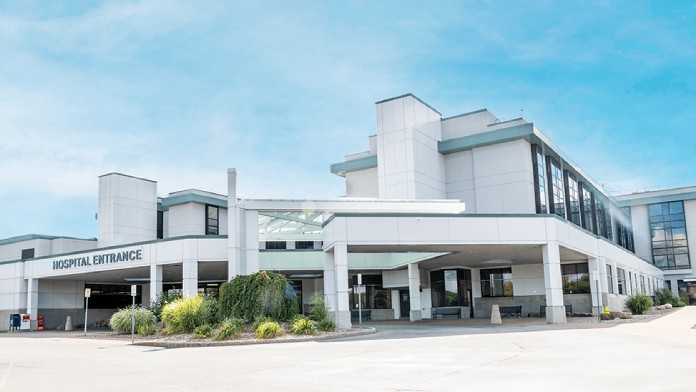Everyone should have access to the addiction treatment they need to recover from drug and alcohol misuse and live a substance-free life.
No matter your financial situation, you have treatment options, from free rehabs and grants to state and local government assistance. According to research from the PEW Charitable Trusts, the majority of U.S. spending on addiction treatment—nearly 70%—came from state and local governments, Medicare, Medicaid, and federal grants.
Learn more about addiction treatment resources and funding:
- Substance Abuse Assessment
- Harm Reduction Services
- Grants and Public Assistance for Rehab
- Rehab Scholarships
- Rehab for Members of the LGBTQ+ Community
- Does Insurance Cover Rehab?
- Paying for Rehab with Medicare
- Paying for Rehab with Medicaid
- Treatment Cost
- Financing Options
- Drug Overdose Prevention
- How to Get Narcan: State Naloxone Laws
Thanks to state and federal financing, state-funded rehabs are able to offer free addiction treatment. Most free rehabs include detox and outpatient services, although some offer inpatient services as well.
Meanwhile, government assistance for drug and alcohol treatment programs is provided in several ways, such as through the Substance Abuse and Mental Health Services Administration (SAMHSA). SAMHSA provides education, grants, and services that help rehab programs provide treatment to those who need it but can’t otherwise afford it.
Other programs like Medicaid, Medicare, and Veterans Affairs (VA) also offer public assistance. These programs typically require proof of eligibility, such as disability, age, and income.
The cost of rehab can be a barrier to receiving life-saving care for many, but it’s important to know that low-cost and free substance abuse treatment is available. If you aren’t sure where to start, SAMHSA offers a search tool so you can find rehab based on your location. The tool enables you to filter treatment programs based on your preferences. You can also select “free or no-cost care.”

